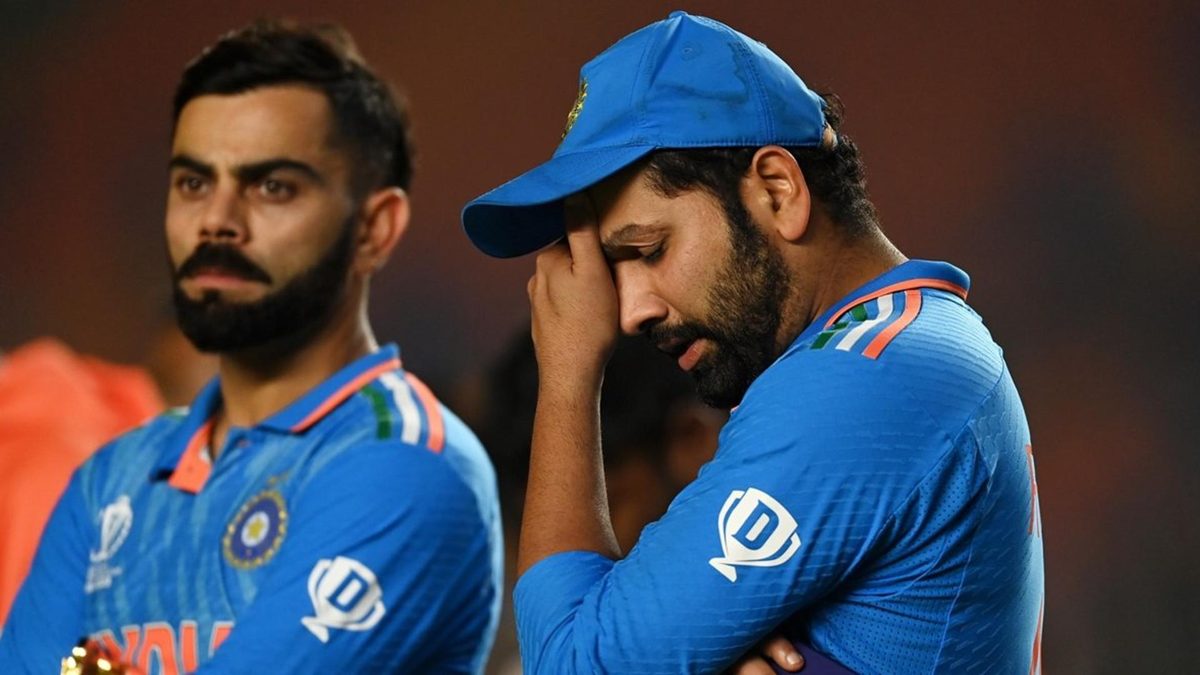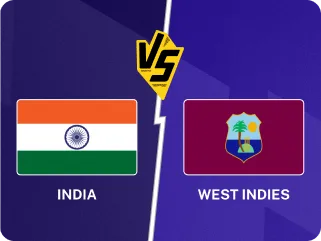
There are a few things India need to iron out to make their already outstanding ODI side a superior version of itself in the wake of their World Cup final defeat, writes Abhishek Mukherjee.
To bet on the World Cup with our Match Centre Partners bet365 head here.
At the World Cup, India travelled thousands of miles across the lengths and breadths of the vast country for over a month and a half (the 9,767 km they traversed was the most for any side in the league stage), never playing two consecutive matches in the same city.
That they still lost only once is a testimony to their ruthless consistency. As with 2019, India finished the 2023 World Cup with the fewest defeats. Even in 2015, they had lost only once, the joint fewest.
India’s stunning run is not about this World Cup alone. Since the 2013 Champions Trophy, their last global title, India have made it to the semi-finals of all four global events – the 2015, 2019, and 2023 World Cups and the 2017 Champions Trophy – including two finals.
Across these four competitions, India have won 27 matches and lost six. Their win-loss ratio of 4.5 is comfortably the best in the world. With 3.285 (23 wins, seven defeats), Australia are second, and no other team has a ratio more than 1.8.
Expanding the sample size, India’s ratio of 2.07 (147 wins, 71 defeats) in all men’s ODIs since the 2013 Champions Trophy is also the best in the world.
There is little doubt over India being the most consistent ODI side in the world over a ten-year period. Unfortunately, in cricket, as with most international sports, teams are evaluated by silverware from competitions that culminate in knockout matches.
Four defeats in four specific matches across ten years, thus, have left India without a trophy in the format. Unlike in T20Is, where India’s problems run deep, the problems are fewer, almost non-existent, in ODIs. But there are still lessons to be learnt from the 2023 World Cup.
Find all-rounders
Each batter in the Indian top five averages at least 49, all of them at excellent strike rates. They are arguably the greatest quintet in the ODI history. Had cricket been an only-five-can-bat sport, India would beat most all-time sides.
Unfortunately, that is not how cricket functions. Since all eleven might need to bat, the batting pace of six and seven, and perhaps even five, can depend on who eight and nine are in an XI.
India were aware of this. They knew their top five were in outstanding form, but they also knew that on a bad day, an opposition would find a way past them.
It was a problem so serious that India sacrificed a bowler of Mohammed Shami’s calibre for Shardul Thakur’s batting. They knew Thakur would seldom be required to bat, and may not even bowl the full quota of overs: in a team of stars, he served an ‘insurance’ in both departments.
A defensive method, perhaps, but it was working out well until Hardik Pandya picked up a freak injury. Then, India replaced him and Thakur with Suryakumar Yadav, a devastating T20I bat with an average ODI record, and Shami, an outstanding bowler of minimal batting ability.
So good were the Indian batters and bowlers until the semi-final that the long tail was almost never exposed, but the threat always loomed.
India’s One Bad Day could have been an inconsequential league match. Instead, it turned out to be the World Cup final. It was unlikely that Thakur alone would have pushed India to an insurmountable total, but the presence of a No.8 with some batting credentials might have encouraged them to overcome their middle-over doldrums earlier. Both Virat Kohli and KL Rahul completely eschewed risk, and Australia built pressure. Thakur at No.8 might have allowed one to go on the attack against the part-timers.
That is only part of the problem. None of the Indian batters bowls, which left them with five bowlers and no more. When Pandya broke down, Thakur justified his ‘insurance’ credentials, but India spent the rest of the World Cup carrying a second risk.
The problem was there at the 2019 World Cup, and persisted in 2023. Unless this is addressed, there is no reason to believe that this will not come back to haunt India in 2027.
What if there is no all-rounder?
Fast-bowling all-rounders are a rarity anywhere in the world. Until recently, India did not produce world-class fast bowlers in a bunch. They do that now, but not many of them can bat. It will take time to find another Pandya.
Two spin-bowling all-rounders in the Ravindra Jadeja mould will make it one spinner too many, perhaps leading to the omission of a strike bowler like Kuldeep Yadav. It can be, at best, a stopgap arrangement.
But if there is indeed no all-rounder, the only option is to ‘manufacture’ one. If there is no one to bowl ten overs and bat in the top six, India need find some batters who can share that workload.
Most Indian batters in the current setup used to bowl at some point in their careers before giving up. R Sridhar, the former fielding coach, had pointed out that a focus on throwdowns in practice sessions has cut down the bowling time of batters significantly. That, along with injuries and workload management, has led to the fading out of the part-time bowler in the side.
Yet, whatever the reasons are, a group of batters who can, between them, share ten overs, is a non-negotiable component.
What about the other aspect? As part of evolving into a world-class Test side, India were fine with playing five bowlers, often including four rank tail-enders. Mirroring that approach in limited-overs cricket comes with a problem: bowling quotas reduce the impact of bowlers without batting credentials.
Thus, while the bowlers need not be quality all-rounders, they need to be counted upon to hit or survive, if not both, for a few overs when the chips are down.
Finding world-class bowlers who can bat is not something that can be addressed in a day. However, given the immense depth of talent in the country, the selectors may consider fast-tracking bowlers who can bat through the tried-and-tested ranks of domestic cricket and India A.








